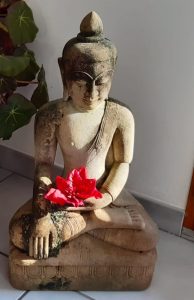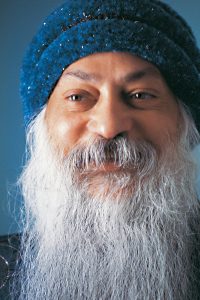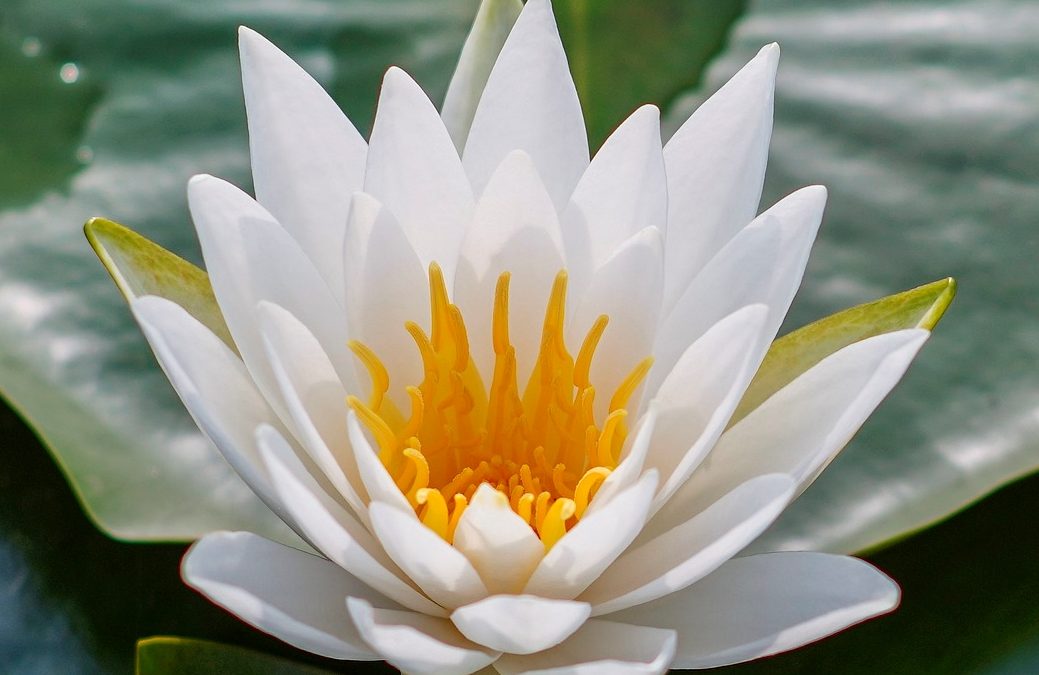In his discourse on the development of attention for Vipassana, Buddha constantly repeats these instructions:
“Patiently observe the phenomenon of appearance.
Patiently observe the phenomenon of disappearance.
Patiently observe the phenomenon of appearance and disappearance”.
He applies this systematically to everything that appears in the field of consciousness: bodily sensations, emotional feelings, the flow of thoughts that constantly interacts with sensations and feelings. Right at the start of his talk, he insists:
“Meditators, this is the only path for the purification of beings, for overcoming grief, for putting an end to physical and moral suffering, for walking the path of truth, for attaining Nirvana (liberation from all desire and attachment): Remain full of ardour, attention and total and constant understanding of impermanence by observing the body and its sensations and feelings and the mind with its mental contents.”
Throughout the rest of his discourse, Buddha details the modalities of this observation. He begins with attentive awareness of breathing cycles:
“A meditator having retired to the forest, or to the foot of a tree, or to an empty room, sits down, legs crossed, body erect, his attention fixed before him. Carefully he inhales, carefully he exhales. Breathing in slowly, he knows: “I’m breathing in slowly”. Exhaling slowly, he knows: “I exhale slowly”. Breathing in quickly, he knows: “I breathe in quickly”. Breathing out quickly, he knows: “I breathe out quickly”. “Feeling the whole body, I breathe in”, he trains himself. “Feeling the whole body, I breathe out”, he practises. “Calming the body’s activities, I inhale”, so he practises. “Calming the body’s activities, I breathe out,” he practises.
 Osho says this about Vipassana meditation:
Osho says this about Vipassana meditation:
“Let the spine be erect and the body be loose, hanging on the spine – not tense. The body should be loose, relaxed, the spine erect, so gravitation has the least pull on you.”
“Vipassana simply means witnessing. And that has been my whole life’s effort: to teach you awareness, witnessing, alertness, consciousness.”
“When I say watch, don’t try to watch; otherwise you will become tense again and you will start concentrating on the breath. Simply relax, remain relaxed, loose. And look – because what else can you do? You are there, nothing to be done, everything accepted, nothing to be denied, rejected, no struggle, no fight, no conflict, breathing going deep – what can you do? You simply watch. Remember, simply watch; don’t make an effort to watch.”
“Here, Vipassana is a juicy experience; it is not dry.
“I have a few criticisms against the Vipassana that is being practiced in Buddhist lands. They have all made it very dry, desert-like; nothing blossoms, no greenery; everything is simply businesslike. I want you to learn meditation as a play, as playfulness.
“Your silence should not be the silence of a graveyard, your silence should be the silence of a garden. Once in a while a bird starts singing, but it does not disturb the silence, it deepens it. Once in a while the breeze comes with its song, passes through the pine trees, but it does not disturb the silence, it deepens it.
“I want a meditation that can laugh, that can dance.”
“All meditations – hundreds of techniques – are available, but the essence of all those techniques is the same, just their forms differ. And the essence is contained in the meditation Vipassana.
“That is the meditation that has made more people in the world enlightened than any other, because it is the very essence. All other meditations have the same essence, but in different forms; something nonessential is also joined with them. But Vipassana is pure essence. You cannot drop anything out of it and you cannot add anything to improve it.
“Vipassana is such a simple thing that even a small child can do it.”



